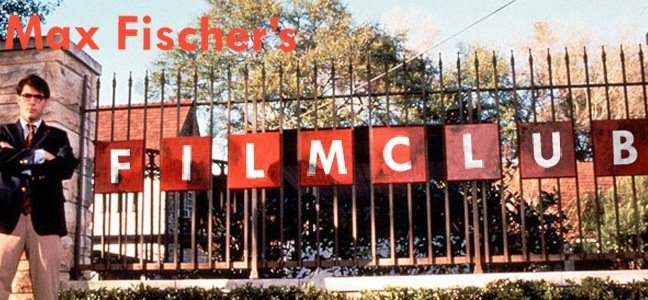 My (remaining) friends can attest to how much I used to bang on about Michael Mann’s 1996 crime epic Heat, when it was first released. I saw it as a wide-eyed 19-year-old and proceeded to proclaim it to be the greatest piece of cinema ever. Being a little older and wiser now, although still guilty of the occasion bout of hyperbole, I think 1999’s The Insider is probably the best of his films.
My (remaining) friends can attest to how much I used to bang on about Michael Mann’s 1996 crime epic Heat, when it was first released. I saw it as a wide-eyed 19-year-old and proceeded to proclaim it to be the greatest piece of cinema ever. Being a little older and wiser now, although still guilty of the occasion bout of hyperbole, I think 1999’s The Insider is probably the best of his films.
Mann’s attention to detail has always been something to behold. His films manage to have a striking, otherworldly look about them - from Francis Dolarhyde’s minimal, trippy lair in Manhunter to a smoggy, neon Los Angeles at night in Heat. This was probably the initially drew me to his films but at the same time, I’ve never felt it was a case of style over substance in Mann’s work. The realistic, hard-boiled quality of his dialogue has always played nicely against the visuals. I think his genius and what sets him aside from other film-makers is his ability to maintain an understated atmosphere amongst the stunning aesthetics. Just watch Will Graham’s prison meeting with Dr Leckter in Manhunter – a far superior film to any of the later Thomas Harris adaptations. It’s an incredibly eerie and powerful scene, yet the performances and indeed the look are very muted and ordinary. The opportunity and temptation to embellish the style here would have been too easy in the hands of a lesser film-maker, but Mann does the opposite and reins it in. The same could be said about the now famous ‘coffee house’ scene in Heat - although all the good work Al and Bobby achieved here sounds like it has been undone from what I’ve heard about Rig(s)h(i)teous Kill.
After seeing Collateral for the first (and only) time, it felt like he had lost a little of his magic touch. It resembled someone doing an interpretation of what a ‘Michael Mann’ film should look like. After an interesting premise, there just wasn’t enough of the director’s usual craftsmanship to sustain it. I did like the opening however, with Jamie Foxx’s down-at-the-heels taxi driver, lamenting his life, while making his way around downtown LA , a soulful Groove Armada song on the soundtrack. Miami Vice was an even further step down and was pretty flat and empty really, with the exception of a couple of imaginatively staged action sequences.
This brings me to Public Enemies. I must admit, probably due to the other two disappointments, I wasn’t really excited before seeing this. Thankfully I was proven wrong. It’s not a perfect film (more of that below) but it’s much more reminiscent of his earlier films. The scope and craftsmanship is up there again on screen, as is the strong dialogue and memorable (mostly male) performances. I’m still having mixed feelings about his decision to shoot on digital though. I read an interview with him recently where he spoke about originally planning to shoot on film, but ultimately deciding against it as he wanted to make the viewer “feel like they were in 1933”. It’s an interesting idea that only works intermittently. This technology is fine for a film like Collateral with its contemporary, luminous L.A night-time setting, but period films benefit from that grainy, organic texture that film delivers and which digital can’t quite fully compete with (yet). Regardless of Mann’s intensions, the end results were a little too jarring at times to fully immerse myself in that world. To be honest, I wish he would stick to film with everything he shoots.
Maybe that’s why the last two before Public Enemies haven’t worked for me. Maybe you just can’t cover the same emotion territory through the digital medium in big, meaty Hollywood productions. Imagine if Edward Hopper had the technology at that time to produce his work on Photoshop instead – a justifiable analogy I think, but one I’m sure will be met with the unison of eye-rolls from friends who read this, all of whom are now tired of hearing about my love for the Mann.




No comments:
Post a Comment